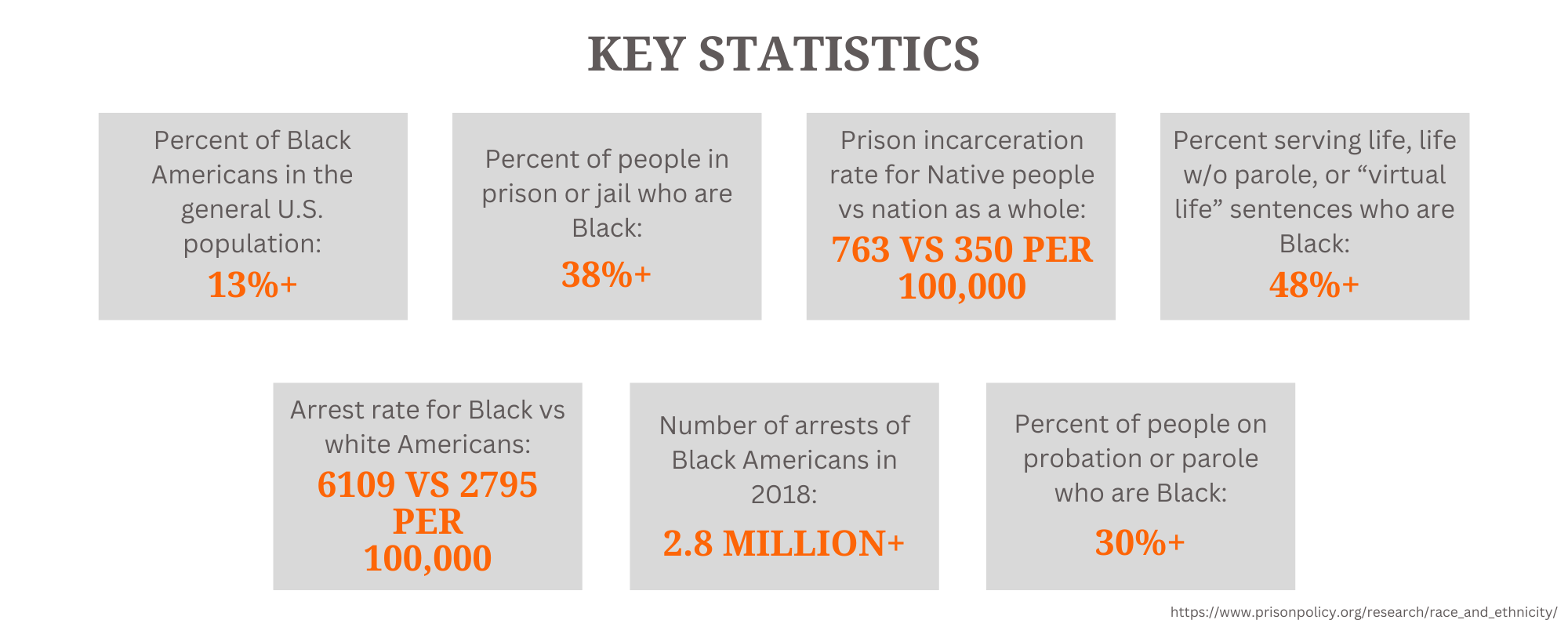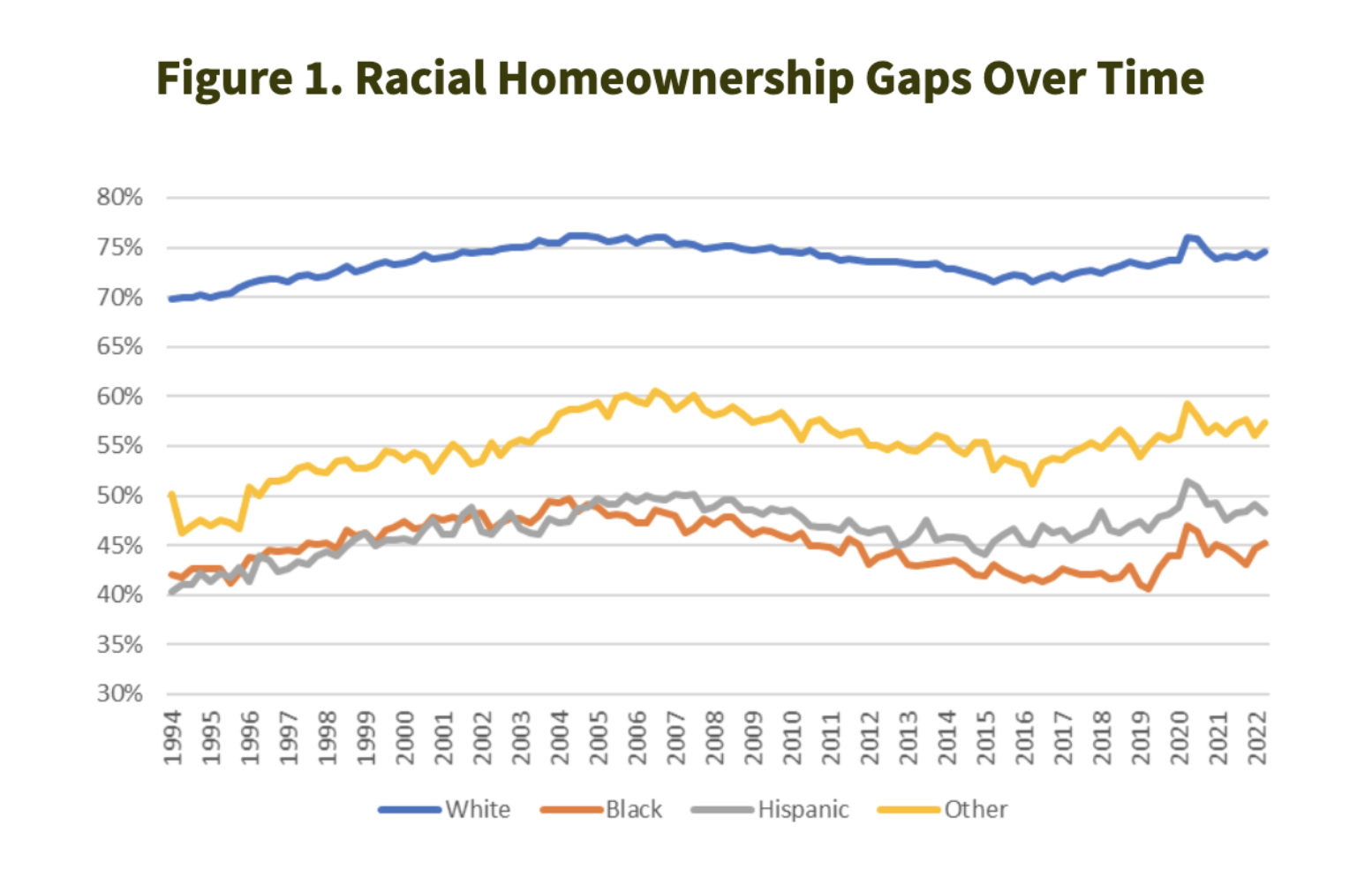The Need for Our Work
The GW Institute for Socioeconomic Opportunity exists to provide actionable new knowledge that effectively supports communities fighting to eradicate racial, ethnic, and socioeconomic inequity worldwide. Our two-fold commitment is to create authentic community research partnerships that produce actionable solutions to address broad, systemic inequities, and to teach students the best practices to become impactful, community-based participatory researchers.
Our motivation is found right where we live, in the heart of the nation's capital. We take seriously our role as an anchor institution and good neighbor in the District of Columbia, Therefore our work begins right outside our door, addressing the inequity that characterizes this nation’s capital. However, we do not stop here. The Institute for Socioeconomic Opportunity's faculty seeks to deploy interdisciplinary solutions to address the problems of individual, structural, and systemic inequity across the United States and around the globe.
DC Labor Inequality
The inequities that separate the advantaged from the disadvantaged in America are severe and worsening to levels not seen since the Great Depression. The top 1% of earners take home 20% of the nation’s income, while the bottom 50% of the population earns less than 13% of national income. Wealth inequity is even more concentrated; the top 1% of households hold nearly 40% of all wealth while the bottom 90% share less than a quarter of the nation’s wealth.
Middle-class families are suffering the worst of the widening inequity gaps, especially racial and ethnic minorities as compared to white families.
Economic Income and Education Inequality
In the United States, Black, Latinx, and Native Americans have been hardest hit. According to the Pew Research Center, a large gap continues to separate the incomes of Blacks and Whites According to the Federal Reserve Board’s Survey of Consumer Finances, the median white family owns an estimated $184,000 in family wealth, as compared to $38,000 for the median Latinx family, and $23,000 for the median Black family. The U.S. Census Bureau reports that in 2019, 40.1% of non-Hispanic whites ages 25 and older had a bachelor’s degree or higher, as compared to 26.1% of blacks, and 18.8% of Latinxs. As a result, social and economic inequity characterizes all sectors of society and is killing the American dream of social mobility and equality. Educational inequity constrains social mobility for generations, confining a perpetual underclass into neighborhoods characterized by concentrated poverty, discriminatory policing, food insecurity, and tragically disparate poor health outcomes. However income and wealth inequality does not only affect the United States. The average income of the richest 10% of the population is about nine times that of the poorest 10% across the U.S.
Health Inequity
GW has a prominent location that will speak volumes to the world by the example it sets. The need in the surrounding Washington, DC, Maryland, and Virginia communities could not be more urgent, as demonstrated by the current COVID-19 pandemic. Washington, DC’s black residents comprise less than half the population but 80% of COVID-19 deaths. The Maryland Department of Public Health reports that African Americans account for nearly 50% of all coronavirus infections though they are 30% of the state’s total population. Similarly, the Virginia Department of Health reports that COVID-19 is disproportionately affecting that state’s Latinx population. Latinx make up only 10% of Virginia’s population, and yet account for 45% of all cases, 35% of hospitalizations, and 11% of deaths
Criminal Justice
African-American adults are 5.9 times as likely to be incarcerated than whites and Hispanics are 3.1 times as likely.
Prison Policy Initiative - Race and Ethnicity
Housing Inequity Nationwide
Figure displays the proportion of all households that are homeowners. Hispanic includes anyone of Hispanic ethnicity regardless of race. Other includes people who are Asian, Native Hawaiian or Pacific Islander, and American Indian or Alaska Native and those who report to or more races.
Source: U.S. Census Bureau data via the Federal Reserve Bank of St. Louis
DC Wealth Inequality
Rising inequality disproportionately affects workers of color, who are concentrated in low-wage jobs that provide few opportunities for economic security or upward mobility. Workers of color consistently earn lower wages and are more likely to be jobless compared to their white counterparts, and racial gaps remain even among workers with similar education levels. Nationwide, full-time workers of color currently earn 20% less than their white counterparts - the gap is slightly more than in 1979, and is growing rather than shrinking
Washington, DC: In 2020, the median wage for workers of color was $28, compared to $44 for white workers
Inequity Worldwide
According to the World Justice Project, discrimination around the world is widespread and getting worse. The World Justice Project collects and reports data on human rights violations globally. In its latest edition of the World Justice Project (WJP) Rule of Law Index—the world’s leading, independent source of rule of law data— the World Justice Project finds that 70% of countries have seen discrimination worsen between 2021 and 2022. Since 2015, discrimination has increased in three-fourths of countries that WJP studied.
Similarly, UNICEF has found that racial and ethnic discrimination against children is worsening around the world. Importantly, researchers have found that western nations in Europe and North America are some of the most discriminatory environments for racial and ethnic minority populations worldwide.




